The use of cupping therapy by athletes has grown over the last decade as evidenced by the marks on Olympian Michael Phelps’s shoulders and back.
Cupping has been used historically, not only in China and Asia, but also in Greece, Russia, Italy and South America. The technique has been in use for literally thousands of years. A modern term often used now is myofascial release with negative pressure. Yes, that’s cupping!
Contrary to what you may have heard in the news, cupping does not create bruises. Bruising is the result of an injury, and appears as an area of discolored, usually purplish skin. It is caused by a blow or impact which does not break the skin but does rupture the underlying blood vessels causing bleeding in soft issue. The blood leaks into tissues under the skin and causes the black-and-blue color. As bruises heal, which usually takes 2 to 4 weeks, they turn colors, often to yellowish green or brown as the hemoglobin is broken down and reabsorbed.
Cupping marks, on the other hand, can be anything from pink to purple, to red, to pale with red dots. With cupping, a mark will not always be a round circle of one color. According to TCM, the cupping marks indicate different diagnoses. Black or dark blue may indicate cold; red: heat and inflammation; red dots or spots: heat toxins; and no color change may indicate lack of blood flow to the area.
Sometimes the area of a bruise spreads down the body in the direction of gravity. Cupping marks do not drip, grow or expand and have clearly defined edges. A bruise causes pain and is often tender, whereas if cupping is done correctly, there is no pain; it should feel good and will not be tender to the touch. There is no trauma caused by the solid rim of the cup.
Thinking of cupping marks as bruises may also conjure up the notion that they must be the result of a painful procedure. On the contrary, cupping performed correctly, with the appropriate choice of method and the correct level of suction is always a comfortable and satisfying experience.
There are many styles of cupping — flash cupping, fire cupping, vacuum cupping, water cupping, needle/fire cupping, and facial massage cupping. They all attempt to achieve the same result.
The main benefits are encouraging the inflammatory response of the body and speeding up muscular and soft tissue recovery after injury and strain. Cupping therapy has widened significantly though in the last few years, newer techniques are being used for conditions and diseases other than sports therapy, such as migraines and eczema.
Given the longevity of cupping and the trust that many people have in its efficacy, it is a living heritage that is rare in this ever-changing world.
Diane Sheppard is the founding owner of AcQpoint Wellness Center. She is a licensed acupuncturist with a Ph.D. in oriental medicine and can be reached at (760) 345.2200. www.AcQPoint.com.






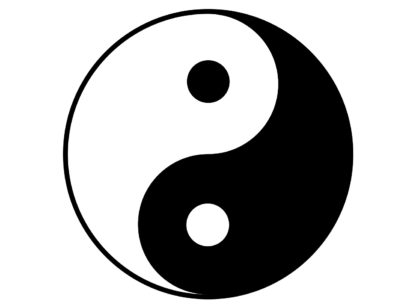
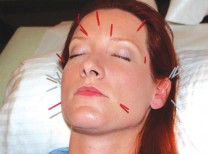
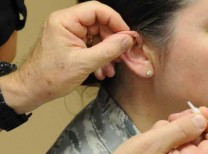
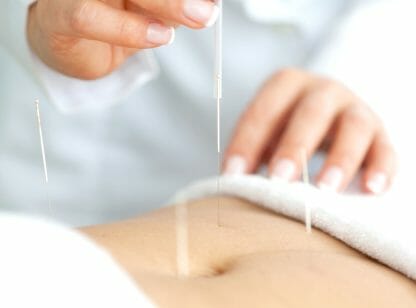
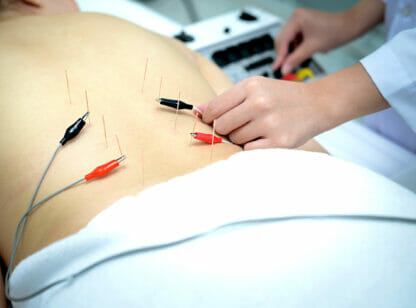



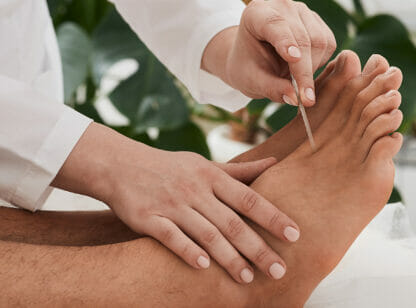
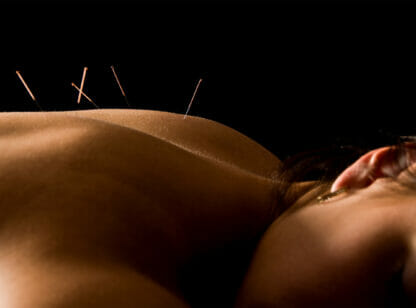
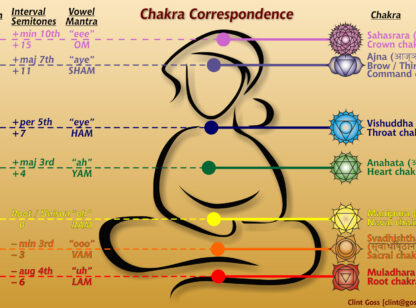




























Comments (0)